We may earn money or products from the companies mentioned in this post. This means if you click on the link and purchase the item, I will receive a small commission at no extra cost to you ... you're just helping re-supply our family's travel fund.

Imagine booking a beach holiday by scrolling TV text, calling a hotline, and guarding paper tickets like treasure. Travel in the 90s was tactile and a bit improvised: money meant signatures and slips, updates arrived by postcard, and getting lost was part of the charm. This gallery revisits 12 fads from Teletext to traveler’s cheques that would raise eyebrows now, pairing each with a crisp then vs now contrast so the surprises land naturally.
Teletext Deal Surfing
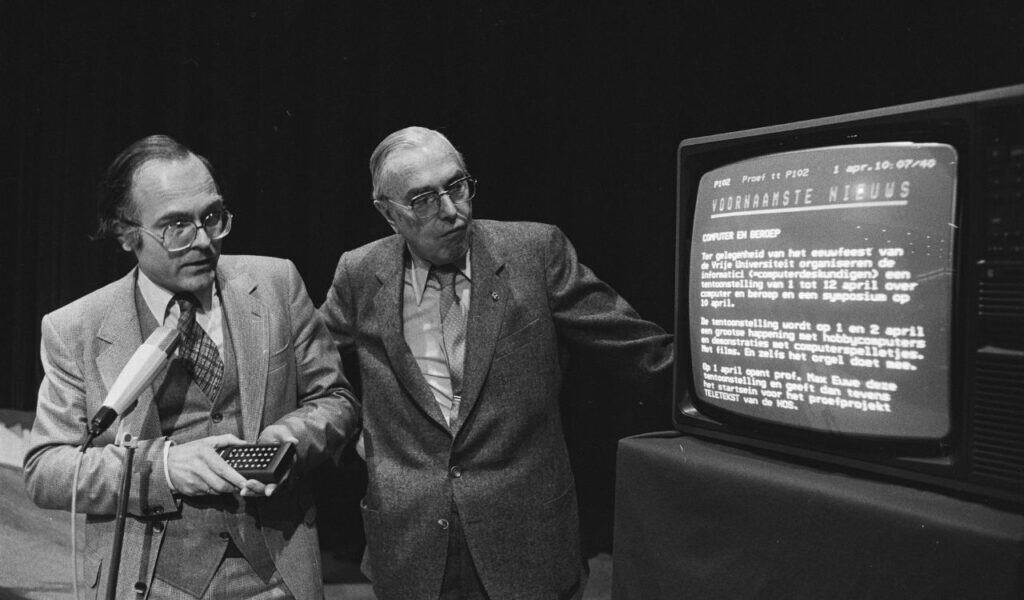
Before comparison sites, many browsed Teletext on TV to scan live package prices and phoned to book, turning channel surfing into trip planning. In the UK, operators pushed flash offers on scrolling pages with numeric codes, so timing mattered. It earned its place for blending media, urgency, and trust, think event TV meets travel desk, when catching a refreshed page could mean nabbing the cheapest week in the sun.
High‑Street Agent Booking

Travel agents were command centers for flights, hotels, and changes, bundling itineraries into paper folders and solving problems face to face. Without self serve tools, agents interpreted fare rules, routed multi stop trips, and rebooked when plans shifted. It belongs because access and know how were centralized, and booking hinged on relationships as much as logistics, a human buffer modern apps simulate but rarely replace.
Paper Tickets and Vouchers
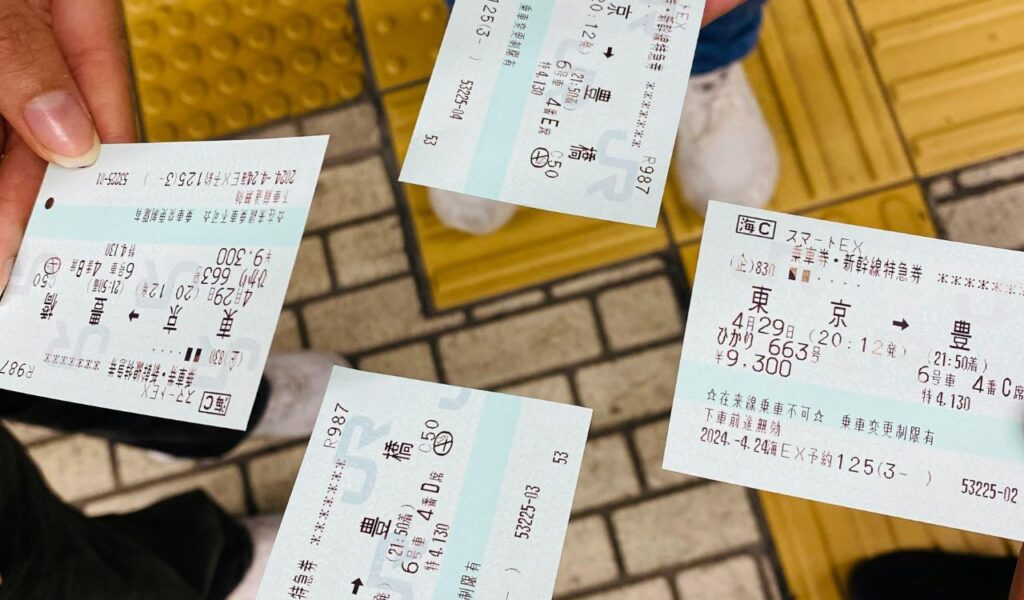
A single paper ticket could determine whether a trip happened, with gate agents tearing coupons and hotels requesting printed vouchers. Many printed at libraries or collected documents from agency counters the day before departure. It stands out for how a fragile paper trail shaped ritual and anxiety, document wallets, triple checks, and that final pocket tap, when a mislaid sheet could derail an entire journey.
Traveler’s Cheques

Traveler’s cheques were the safety net for foreign spending: widely accepted, ID verified, and replaceable if lost. Paired with bank exchanged cash, they reduced theft risk where cards were not trusted. They stay on this list as a financial artifact of signature based security, no two factor, no instant freeze on a phone, when money arrived as a booklet to countersign rather than a card toggled in an app.
Cash First, Cards Second
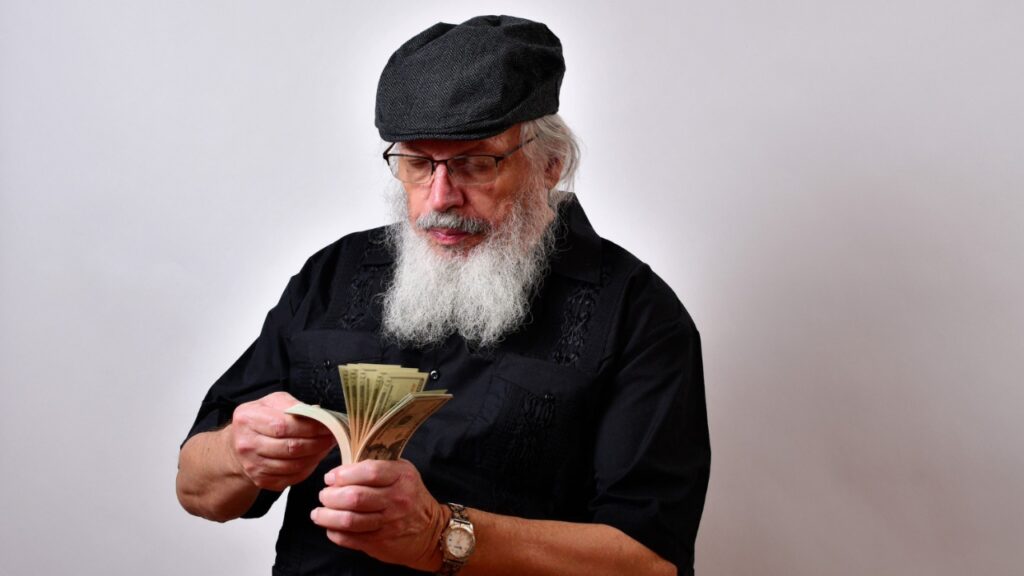
Big cash stashes were normal, with emergency notes hidden in socks or stitched pouches because ATMs were less ubiquitous and some merchants refused cards. Budgets meant pre exchanging currency and tracking spend with pen and paper. It earns a spot for showing how analog money shaped routes, safety habits, and even luggage choices, money belts, secret pockets, and fanny packs over today’s contactless convenience.
Calling Cards and Payphones

International calling cards unlocked cheaper calls via long access numbers and PINs, often from hotel lobbies or street payphones. This sidestepped punishing long distance rates and kept families loosely in sync. It is here for the choreography alone, scratch, dial, authenticate, hope, and the weekly check in rhythm that feels alien beside roaming, Wi Fi calls, and instant group chats that start at the airport gate.
Paper Maps and Guidebooks
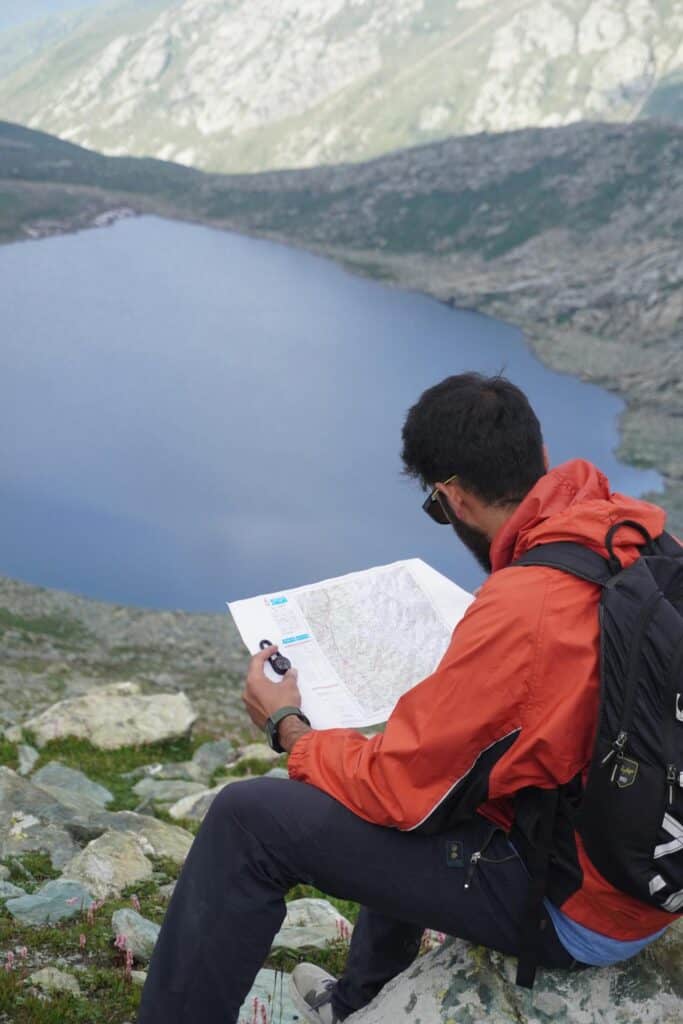
Fold out maps and thick guidebooks formed a navigation stack: broad orientation from a map, nuanced picks from reviews and listings. Margins filled with notes, dog ears marked restaurants, and addresses were circled in pen. It deserves inclusion because discovery felt tactile and curated, not infinite; getting lost became part of the story, and editorial voices, not algorithms, shaped where evenings ended.
On Arrival Hotel Haggling
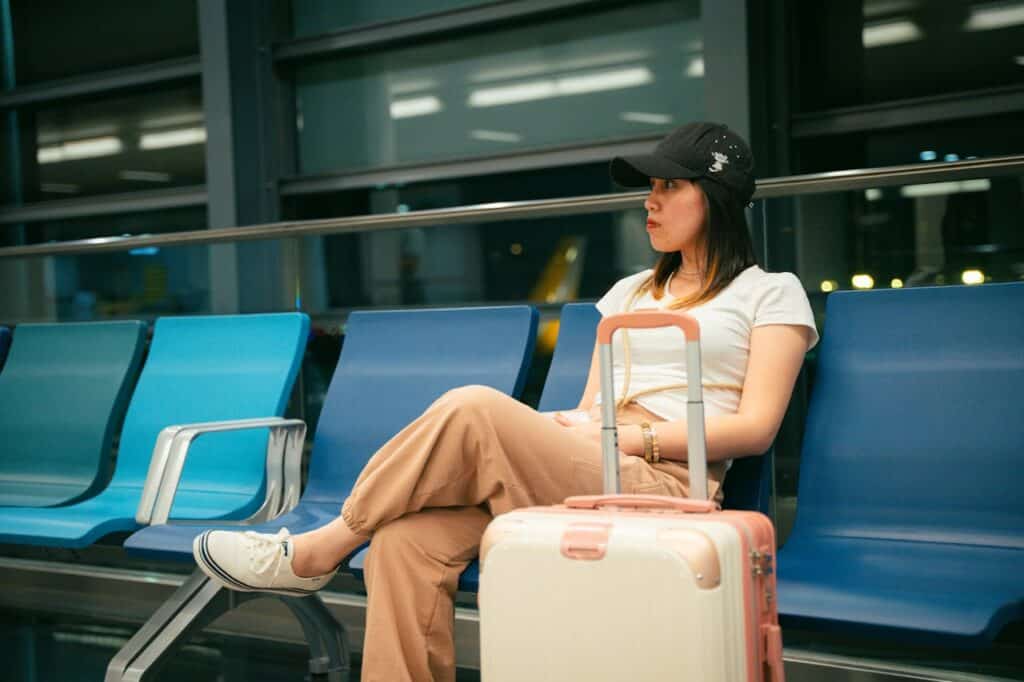
Without live reviews or map apps, travelers walked neighborhood to neighborhood, asking to see rooms and negotiating rates on the spot. Itineraries flexed around what was available and affordable that day. This belongs as a lost skill, reading a street’s feel, trusting intuition, and bargaining face to face, now largely replaced by filters, ratings, and instant confirmation that remove risk and serendipity alike.
Disposable Cameras and Film
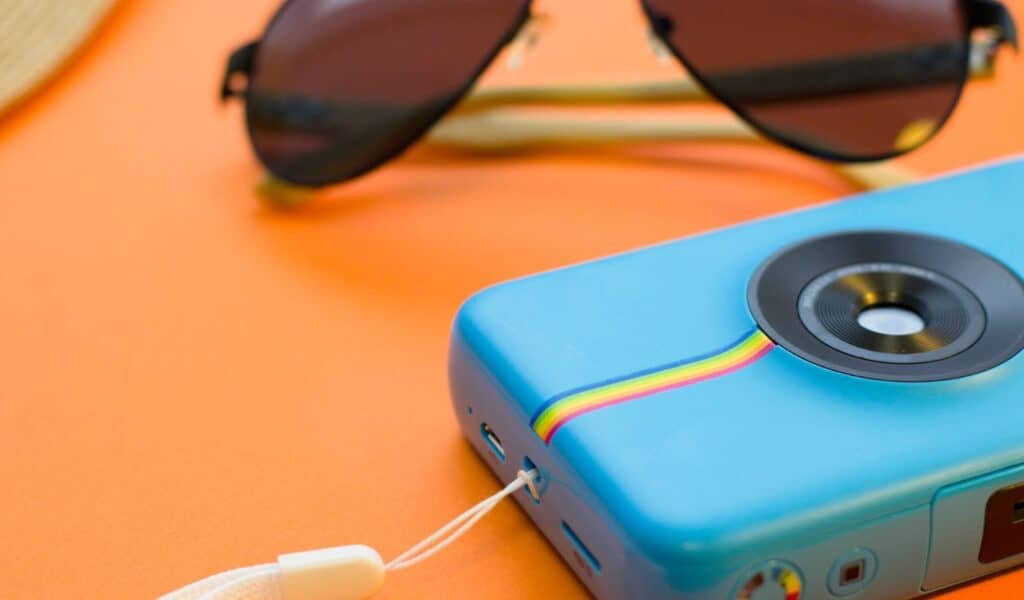
Trips were shot on 24 or 36 exposures, forcing restraint and storytelling, with surprise photo lab reveals days later. Misfires, thumbs in frame, closed eyes, became part of the narrative, archived in albums instead of feeds. It is here for the delayed gratification that shaped memory, moments lived first and revisited later, where a single great print could define a summer more than a thousand near duplicates.
Walkman/Discman Soundtracks
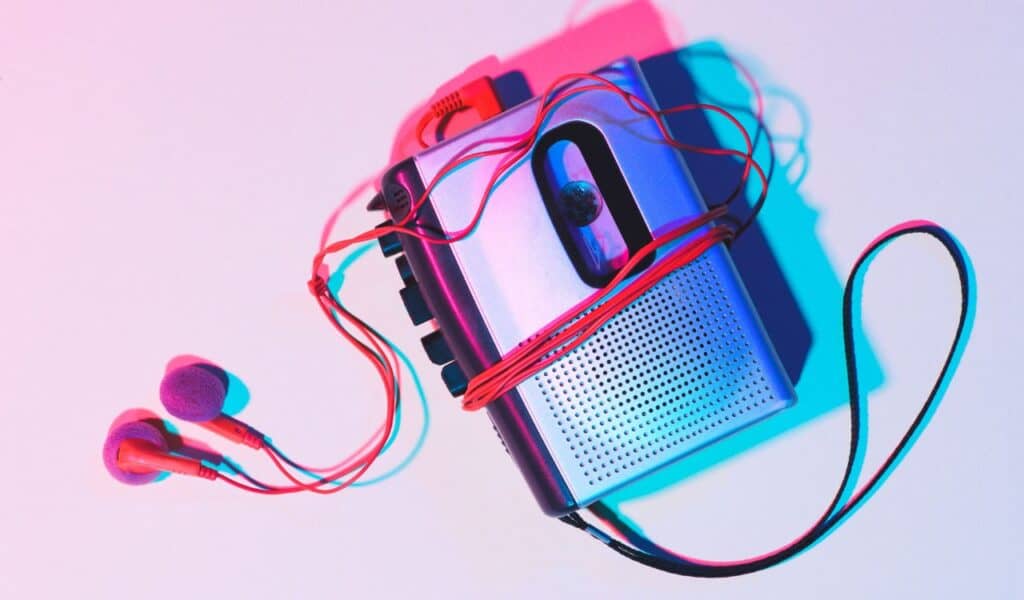
Road trips ran on mixtapes and CDs, with glovebox binders and pencil rewinds as rituals. Music curation took time and intention, shaping mood as much as mileage. It earns its place as a portable culture engine, the soundtrack was carried and crafted by hand, long before synced playlists, and swapping a tape could flip a day’s vibe, analog discovery instead of algorithmic autoplay.
Travel Alarm Clocks
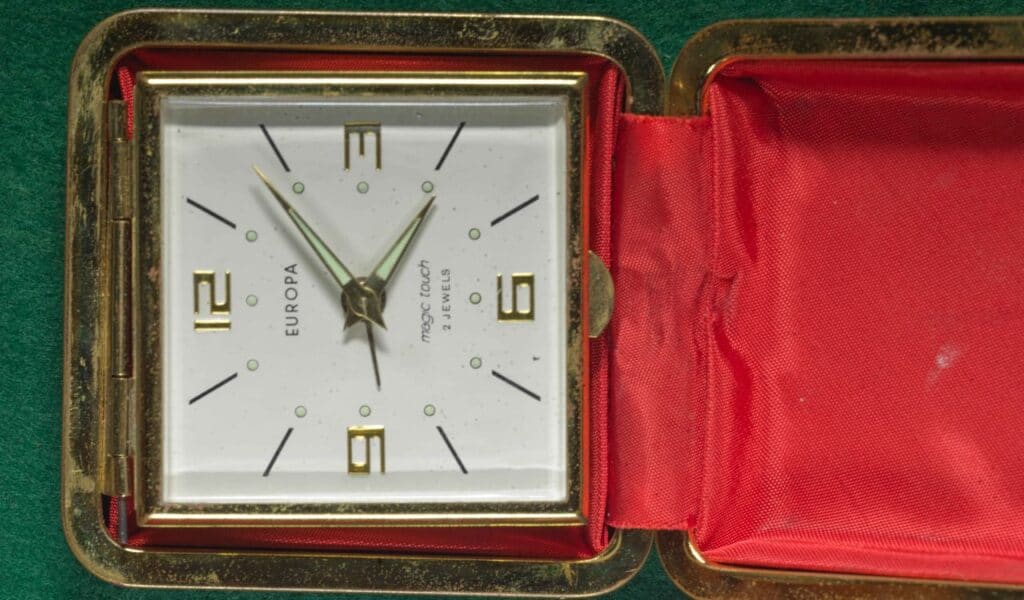
Fold up alarm clocks were a standard safety item for early flights and time zone jumps when phones were not universal or trusted. Some had glow hands or loud buzzers to cut through jet lag. It is included as a symbol of the kit mindset, packing single purpose tools for reliability, that has faded as one device does everything, with redundancy now a backup alarm rather than a dedicated gadget.
Postcards as Updates
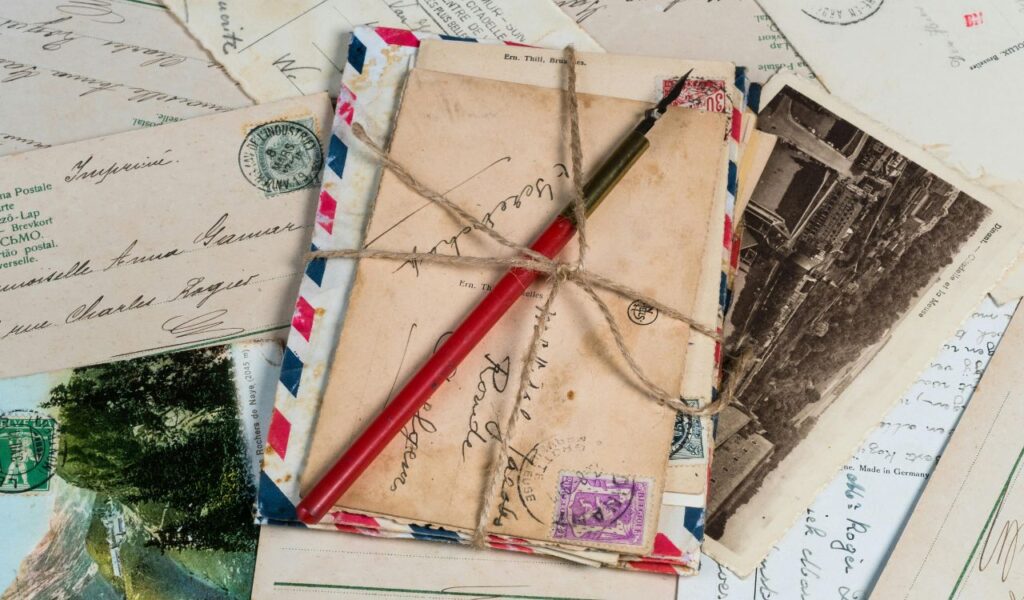
Postcards were the social update of the era: chosen at kiosks, scribbled with quick notes, stamped, and mailed to arrive long after the moment. Families kept them as proof of place and souvenirs in one. It stays for its slowness and permanence, stories that lingered in mailboxes and memory boxes, not timelines, and for turning distance into anticipation rather than lag, a charm today’s messages cannot quite mimic.